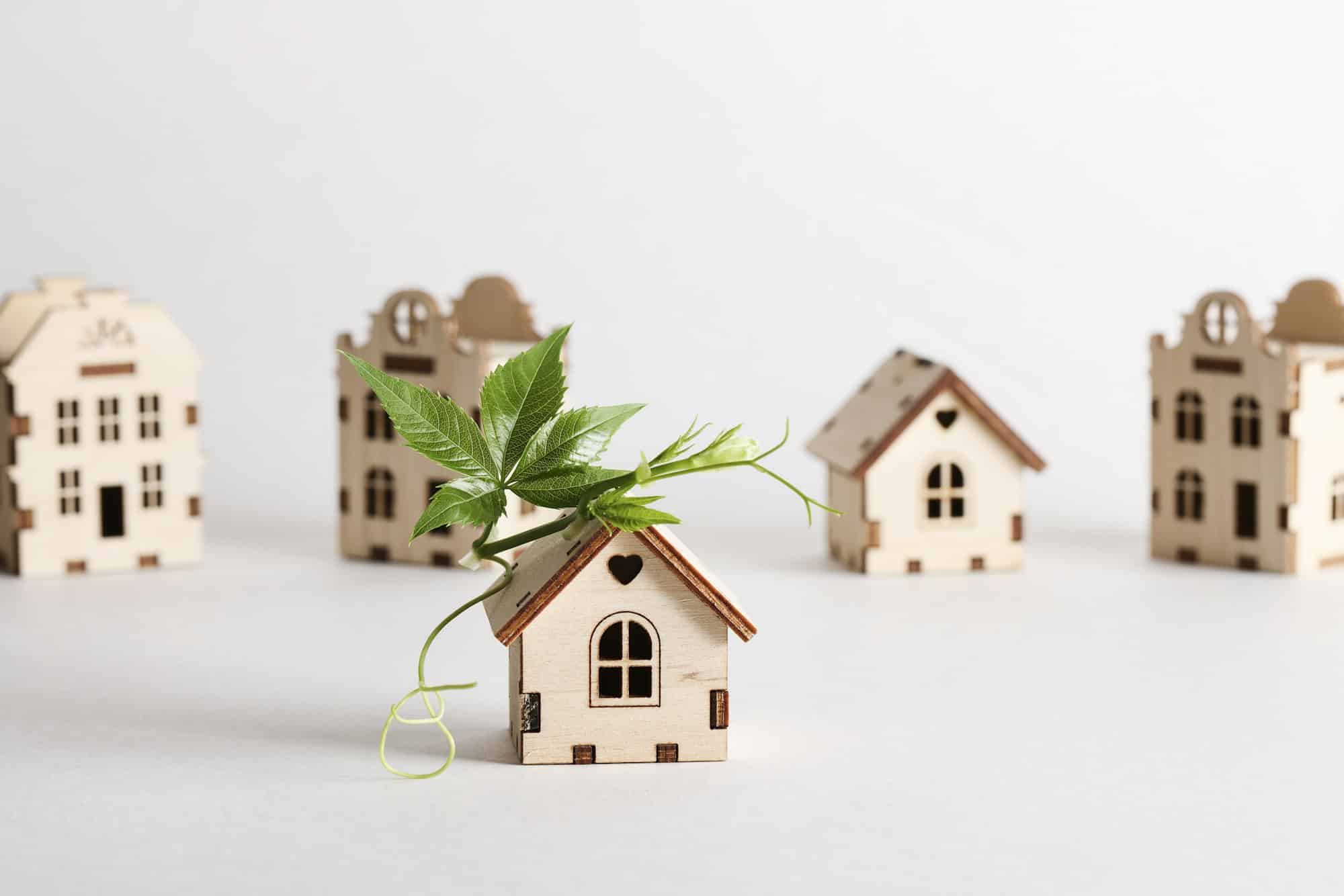How Can Real Estate Development Foster Cultural and Creative Industries?

Fostering cultural and creative industries is about more than just providing space for artists and innovators to work. It’s about creating an environment where creativity can thrive, and where the economic impact of these industries can be fully realized. This is where real estate development comes in. By shaping our urban environments, real estate developers have the power to nurture these industries and the communities they support.
The Intersection of Real Estate and the Creative Economy
The relationship between real estate development and the creative economy is one of mutual benefit. On one hand, creative industries bring vibrancy and economic activity to urban areas, making them more attractive to investors and residents. On the other hand, thoughtful real estate development can provide the infrastructure and environment that these industries need to flourish.
Avez-vous vu cela : How to Design Real Estate Projects to Withstand High Wind Speeds and Storms?
Consider the case of an old industrial building in a city’s downtown area. A real estate developer could simply tear it down and build luxury condos. But what if instead, they renovated the building, preserving its historic character while creating flexible spaces for artists’ studios, tech startups, or a local craft brewery? This kind of development not only respects the city’s cultural heritage, but also fosters the kind of creative energy that makes urban areas thrive.
The Role of Innovation in Real Estate Development
Innovation in real estate development is not just about incorporating the latest building technologies or design trends. It’s also about finding new ways to support and enhance the cultural and creative industries that make our cities vibrant and unique.
A lire également : What Are the Considerations for Real Estate Investments in Renewable Energy Infrastructure?
One way to do this is through mixed-use developments that combine residential, commercial, and cultural spaces. These kinds of developments create a kind of "creative ecosystem" that fosters collaboration and cross-pollination between different sectors of the creative economy.
Innovation also involves rethinking how we use our urban spaces. For example, converting underutilized spaces like rooftops or alleyways into public art spaces, or transforming vacant lots into community gardens or outdoor performance venues. These kinds of initiatives not only enhance the cultural richness of our cities, but also contribute to their environmental sustainability.
The Economic Impact of Cultural and Creative Industries
Cultural and creative industries are significant drivers of economic growth. They generate jobs, attract tourism, and contribute to the overall vitality of urban areas. When real estate development is aligned with these industries, the economic benefits can be substantial.
A 2013 study by the United Nations Conference on Trade and Development found that the global market for creative goods and services was worth $624 billion, and was growing at a rate of 8.6% per year. In cities around the world, from Berlin to Bangalore, cultural and creative industries are a major source of jobs and economic activity.
Real estate development can help to maximize these economic benefits by creating the kind of spaces where creative businesses can thrive. Whether it’s providing affordable studio space for artists, or designing flexible office space for tech startups, developers have a role to play in supporting these industries.
Community Engagement in Real Estate Development
Community engagement is a critical aspect of real estate development that fosters cultural and creative industries. Developers need to work with local communities to understand their needs and aspirations, and to ensure that development projects are responsive to these.
This can involve a range of activities, from public consultations and community meetings, to partnerships with local arts organizations or community groups. By engaging with the community, developers can gain insights into the local cultural scene and identify opportunities for supporting creative industries.
Developers can also contribute to the cultural life of the community by incorporating public art or cultural facilities into their projects. For example, a new residential development might include a public plaza with a sculpture by a local artist, or a performance space that can be used by community groups.
Data-Driven Real Estate Development
In the era of big data, real estate developers have a wealth of information at their fingertips that can be used to support cultural and creative industries. Data on demographics, economic activity, cultural patterns, and urban trends can all inform decisions about where to invest and what kind of developments to pursue.
For example, data might show that a particular neighborhood has a high concentration of artists or creative businesses. This could suggest a demand for affordable studio or office space, which a developer could provide.
Or data might reveal a strong interest in environmental sustainability among local residents. This could lead a developer to incorporate green building practices or sustainable design features into their projects, which in turn could attract eco-conscious creative businesses or consumers.
In conclusion, real estate development has a crucial role to play in fostering cultural and creative industries. By creating spaces that support creativity and innovation, respecting cultural heritage, engaging with local communities, and making data-driven decisions, developers can contribute to the economic, cultural, and social vitality of our cities.
The Fusion of Arts, Culture, and Built Environment
The creative industry and real estate development are two fields interwoven in a unique symbiotic relationship. A dynamic real estate team can harness the power of arts and culture to transform the built environment into vibrant, sustainable spaces supportive of creative industries.
In the world of real estate development, the concept of ‘placemaking’ becomes vital. It’s about more than just erecting buildings; it’s about constructing environments that reflect the community’s core values, foster an entrepreneurial spirit, and promote cultural creative endeavours. This intersection of creativity and real estate development can lead to economic development in the long run, driving social impact in the community.
Take, for instance, a dilapidated warehouse in a neighbourhood. A real estate developer could redevelop it into a creative hub, housing art studios, technology startups, and music production facilities. This approach respects the site’s industrial heritage while infusing new life and creative energy into it. The United Nations recognizes such creative industry initiatives as sustainable development drivers, contributing to the vibrancy and economic prosperity of urban cultural landscapes.
Harnessing Data for Sustainable Development
In the age of information, data plays a pivotal role in real estate development, especially when fostering cultural and creative industries. The availability of extensive demographic, cultural, and economic data provides valuable insights that can guide a real estate team’s decisions.
For instance, data revealing a high density of creative class residents in a particular neighbourhood could suggest a need for affordable creative workspaces. Recognizing this demand, the developer could create a mixed-use development combining affordable living spaces with work studios. This not only supports the local creative industry, but also contributes to the long-term social and economic development of the area.
Similarly, data showing a strong community inclination towards sustainable living could prompt developers to incorporate green building practices and eco-friendly design elements into their projects. Such initiatives can attract environmentally-conscious creative businesses, contributing to the sustainable development goal while fostering the local creative economy.
Wrapping It Up
In conclusion, real estate development provides a significant avenue to foster and enhance cultural and creative industries. By adopting innovative approaches, respecting cultural heritage, engaging with local communities, and harnessing data, developers can transform the built environment into vibrant, sustainable, and creative spaces. This not only contributes to the economic prosperity and cultural richness of urban areas but also promotes social impact and sustainable development. After all, the essence of real estate development lies in creating spaces that reflect the community’s core values and foster its entrepreneurial spirit. As such, the role of real estate in shaping the future of creative industries is more critical than ever.
